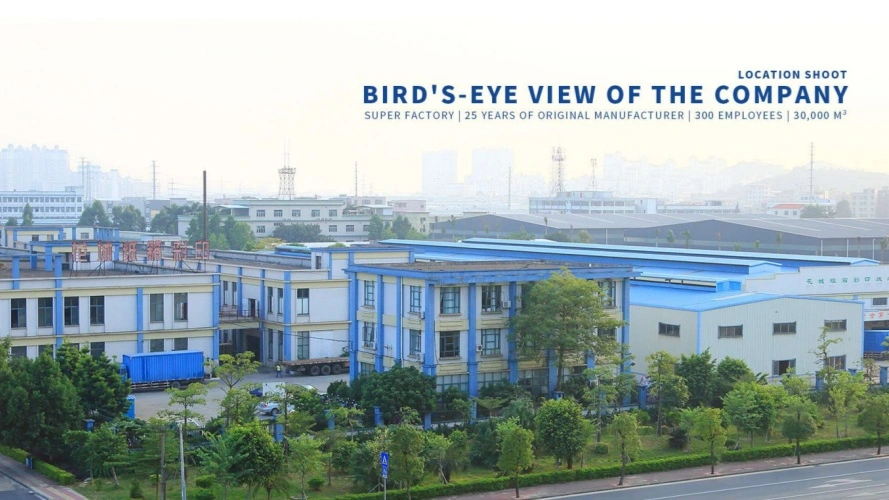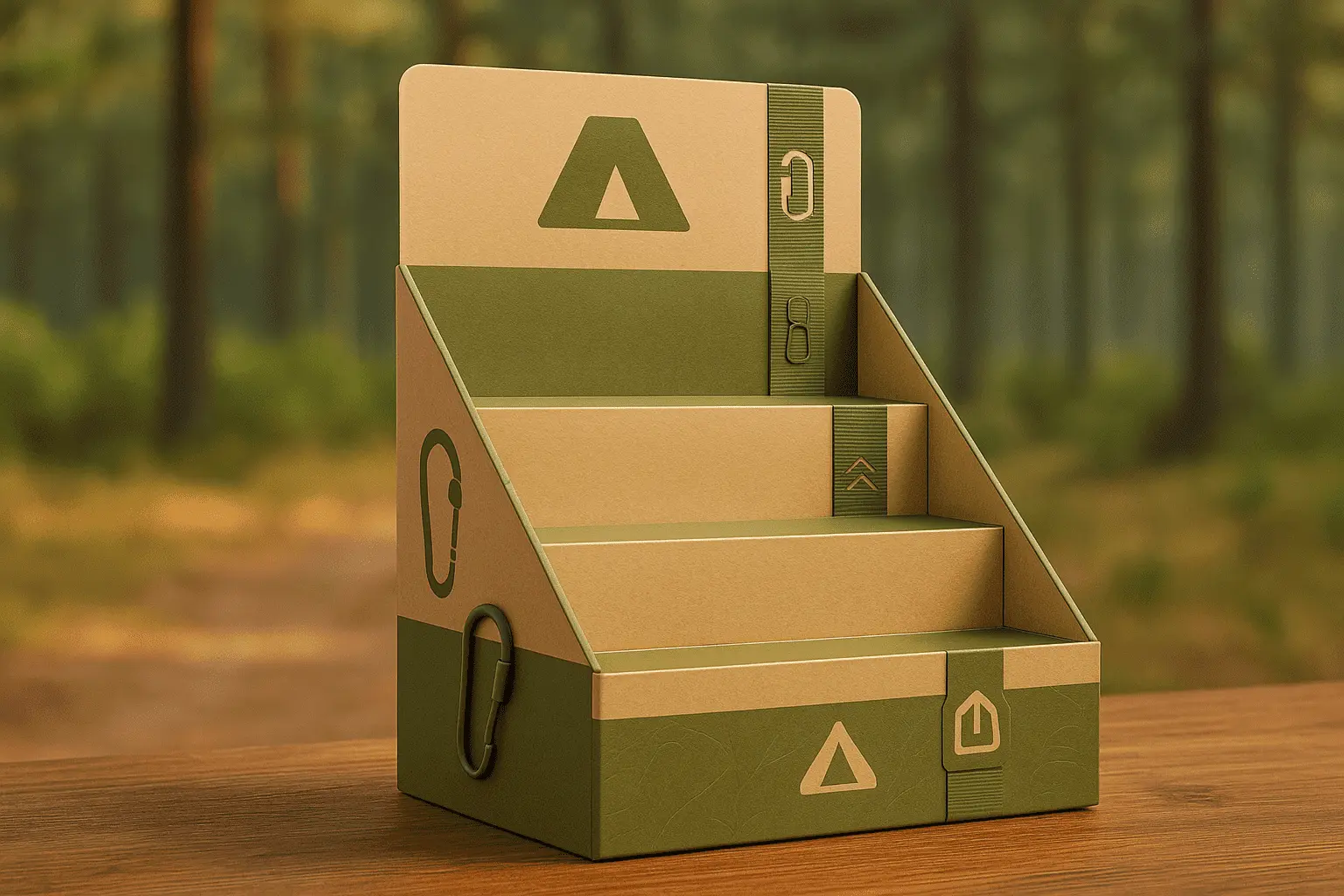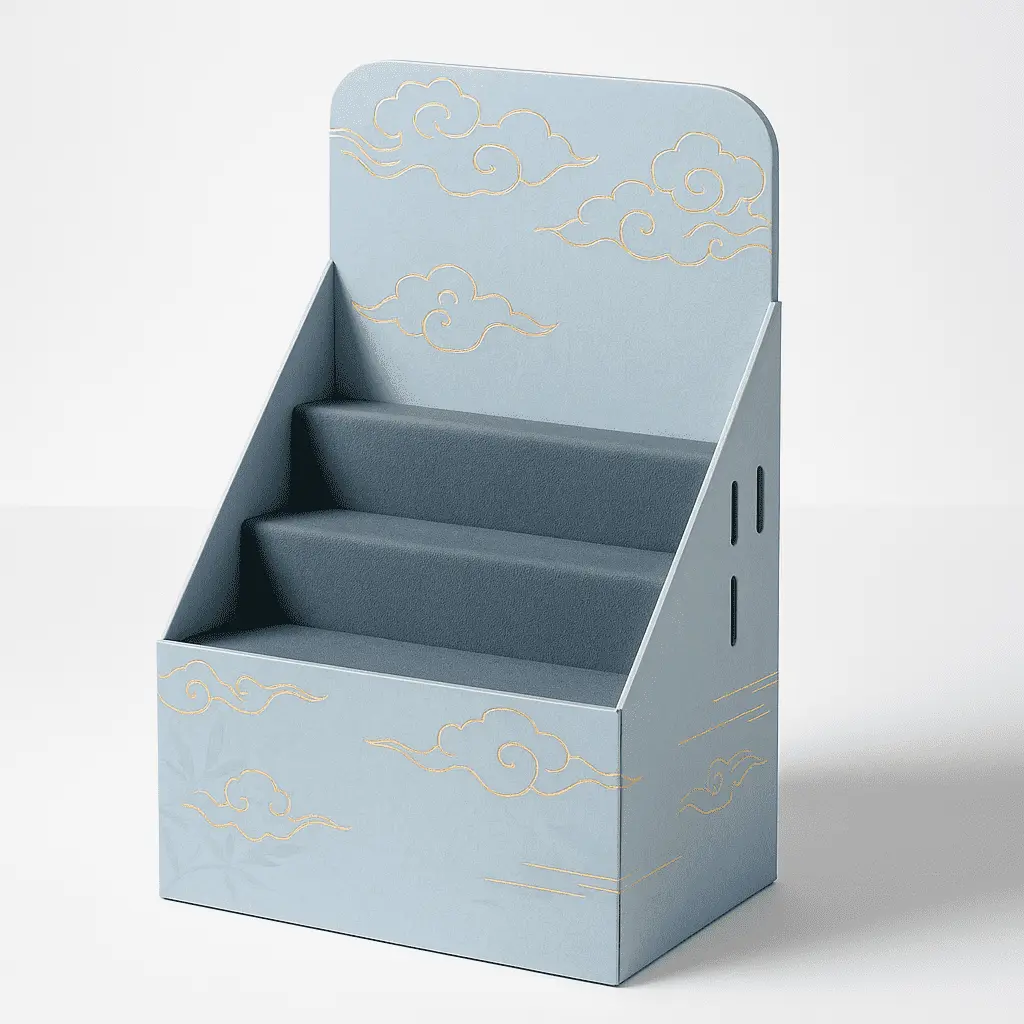The Rise of Sustainable Mailer Carton Solutions
Biodegradable and Compostable Materials
In the quest for more environmentally friendly packaging options, biodegradable and compostable materials are gaining significant traction in the mailer carton industry. These innovative materials offer a promising alternative to traditional plastics and non-recyclable packaging. Derived from renewable resources such as cornstarch, sugarcane, or even mushroom mycelium, these materials break down naturally, leaving minimal environmental impact.
The adoption of these eco-friendly alternatives is not just a passing trend but a fundamental shift in packaging philosophy. As consumers become increasingly conscious of their environmental footprint, the demand for sustainable packaging solutions continues to grow. Mailer cartons made from these materials not only appeal to environmentally conscious consumers but also help businesses meet their sustainability goals and comply with increasingly stringent environmental regulations.
Moreover, the development of these materials has led to improvements in their performance and durability. Modern biodegradable mailer cartons can now offer comparable protection to traditional packaging while significantly reducing environmental harm. This balance of functionality and sustainability is crucial for widespread adoption across various industries.
Recycled and Upcycled Content
The incorporation of recycled and upcycled content in mailer cartons represents another significant stride towards sustainability. By repurposing materials that would otherwise end up in landfills, packaging manufacturers are closing the loop on waste and contributing to a circular economy.
Recycled content, typically derived from post-consumer waste, is being increasingly utilized in the production of mailer cartons. This not only reduces the demand for virgin materials but also helps in managing waste more effectively. The quality of recycled materials has improved dramatically, allowing for the creation of durable and attractive packaging that meets industry standards.
Upcycling takes this concept a step further by transforming waste materials into products of higher value. In the context of mailer cartons, this could involve using discarded textiles, agricultural waste, or even ocean plastics to create unique and environmentally friendly packaging solutions. These innovative approaches not only address waste management issues but also create packaging with a compelling story, enhancing brand appeal.
Energy-Efficient Production Processes
The sustainability of mailer cartons extends beyond the materials used; it encompasses the entire production process. Energy-efficient manufacturing techniques are becoming increasingly prevalent in the packaging industry, driven by both environmental concerns and economic considerations.
Advanced technologies such as precision cutting, efficient folding mechanisms, and optimized assembly lines are reducing energy consumption in the production of mailer cartons. Additionally, the use of renewable energy sources in manufacturing facilities is on the rise, further reducing the carbon footprint associated with packaging production.
These energy-efficient processes not only contribute to environmental sustainability but also often result in cost savings for manufacturers. As a result, sustainable mailer cartons are becoming increasingly competitive in terms of pricing, making them a viable option for a broader range of businesses and applications.
Customization: Tailoring Mailer Cartons to Brand and Consumer Needs
Digital Printing and Variable Data Printing
The advent of digital printing technology has revolutionized the customization capabilities in the mailer carton industry. Unlike traditional printing methods, digital printing allows for cost-effective short runs and rapid turnaround times, making it ideal for personalized packaging solutions. This technology enables brands to create unique, eye-catching designs that stand out in a crowded marketplace.
Variable Data Printing (VDP) takes customization a step further by allowing different elements of the packaging design to be changed from one printed piece to the next. This means that each mailer carton can be uniquely personalized with the recipient's name, a special message, or even targeted promotional content. Such personalization enhances the unboxing experience and fosters a stronger connection between the brand and the consumer.
Moreover, digital printing technologies are continually evolving, offering improved color accuracy, texture capabilities, and even the ability to incorporate special effects like holograms or color-changing inks. These advancements provide brands with unprecedented creative freedom in designing their mailer cartons, enabling them to create truly distinctive packaging experiences.
Smart Packaging Integration
The integration of smart technologies into mailer cartons is set to redefine the packaging experience. Near Field Communication (NFC) tags, QR codes, and Augmented Reality (AR) markers are being incorporated into packaging designs, transforming mailer cartons into interactive touchpoints for consumer engagement.
These smart packaging elements can serve multiple purposes. For instance, NFC tags can provide authentication, ensuring the genuineness of the product and combating counterfeiting. QR codes can link to product information, usage instructions, or even promotional content, enhancing the overall customer experience. AR markers can bring packaging to life, offering immersive experiences that blend the physical and digital worlds.
Furthermore, smart packaging can facilitate better inventory management and supply chain tracking. Embedded sensors can monitor environmental conditions during transit, ensuring product integrity. This level of customization not only enhances the consumer experience but also provides valuable data insights for businesses, enabling them to optimize their operations and marketing strategies.
Modular and Adaptable Designs
As e-commerce continues to grow, the need for versatile packaging solutions becomes increasingly apparent. Modular and adaptable mailer carton designs are emerging as a response to this demand, offering flexibility in both size and functionality.
These innovative designs allow for easy adjustment of the carton size to fit various products, reducing the need for multiple packaging sizes and minimizing waste. Some designs incorporate perforations or fold lines that enable the carton to be easily resized or repurposed, extending its useful life.
Additionally, adaptable designs are being developed to serve multiple functions. For instance, a mailer carton might be designed to transform into a display stand upon arrival, enhancing the presentation of the product. Others might incorporate built-in return functionality, simplifying the returns process for consumers and reducing the overall packaging waste associated with e-commerce.
The Convergence of Sustainability and Customization in Mailer Carton Design
Eco-Friendly Customization Techniques
The intersection of sustainability and customization is giving rise to innovative approaches in mailer carton design. Eco-friendly customization techniques are being developed to ensure that personalized packaging doesn't come at the cost of environmental responsibility.
One such approach is the use of water-based inks and coatings for customization. These alternatives to traditional petroleum-based products significantly reduce the environmental impact of the printing process while still allowing for vibrant, high-quality designs. Similarly, laser etching is emerging as a sustainable method for adding personalized details to packaging, eliminating the need for additional materials or chemicals.
Another trend is the use of natural dyes derived from plant sources for coloring and customizing mailer cartons. These dyes not only reduce the reliance on synthetic chemicals but also offer unique, subtle color variations that can enhance the aesthetic appeal of the packaging.
Personalized Sustainability Messaging
As consumers become more environmentally conscious, brands are leveraging customization to communicate their sustainability efforts effectively. Personalized sustainability messaging on mailer cartons serves to educate and engage consumers about the eco-friendly aspects of the packaging and the brand's broader environmental initiatives.
This could involve incorporating infographics that illustrate the packaging's lifecycle, providing clear recycling instructions specific to the local area of the recipient, or including personalized messages that highlight the environmental impact of choosing that particular product or brand.
Some brands are taking this a step further by allowing consumers to track the environmental impact of their purchase through unique codes printed on the mailer carton. These codes can link to online platforms that show the carbon footprint of the product's journey or the amount of plastic waste avoided by choosing eco-friendly packaging.
Consumer-Driven Design Innovations
The future of mailer carton design is increasingly being shaped by consumer preferences and feedback. Brands are leveraging data analytics and consumer surveys to understand packaging preferences and tailor their designs accordingly.
This consumer-driven approach is leading to innovations such as minimalist designs that use less material while still providing adequate protection, or packaging that doubles as a reusable container, extending its lifecycle beyond a single use.
Moreover, some companies are exploring co-creation initiatives, inviting consumers to participate in the design process of their mailer cartons. This not only results in packaging that resonates with the target audience but also fosters a sense of community and brand loyalty.
Conclusion
In 2025, the mailer carton industry is set for a paradigm shift driven by the twin forces of sustainability and customization. The future of packaging lies in solutions that are not only environmentally responsible but also tailored to meet specific brand and consumer needs. From biodegradable materials and energy-efficient production to smart packaging and personalized designs, these innovations are reshaping the landscape of mailer cartons. By embracing these trends, businesses can enhance their environmental credentials, improve customer engagement, and stay ahead in an increasingly competitive market.
Contact Us
Ready to revolutionize your packaging strategy? At Guangzhou Huadu Fetching Color Printing and Packaging Co., Ltd., we specialize in creating cutting-edge, sustainable, and customized mailer carton solutions tailored to your unique needs. Let us help you stay ahead of the curve and make a lasting impression on your customers. Contact us today at support@fetchingprinting.com to discuss how we can bring your packaging vision to life.





